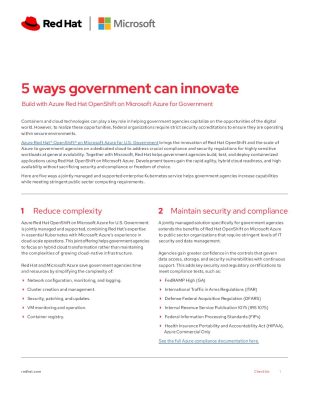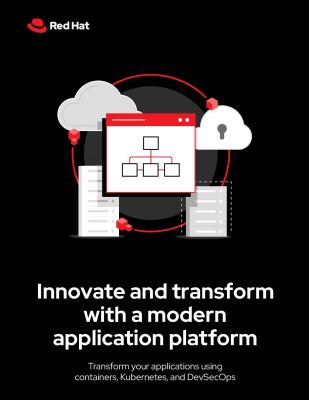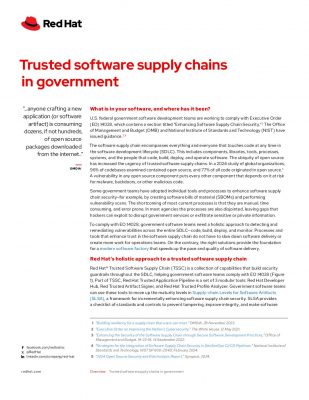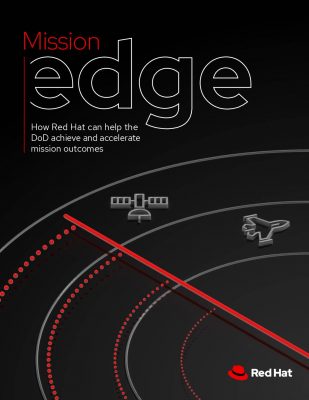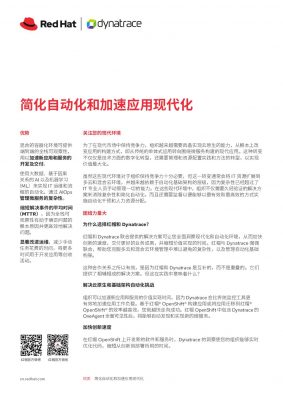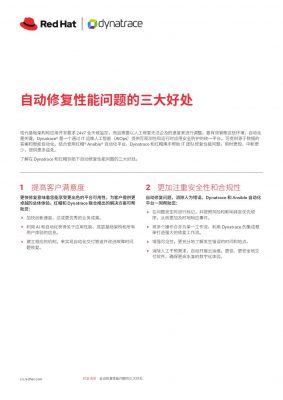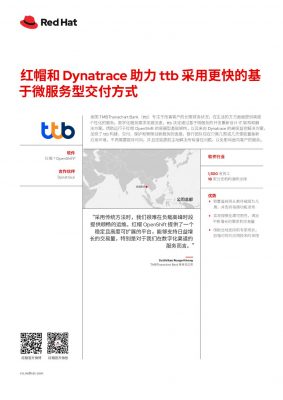Highlights:
- The traditional castle-and-moat approach to creating a security perimeter has proved ineffective.
- Micro-segmentation builds secure zones across the cloud and data center environments to isolate application workloads from each other and secure them individually.
Cybercrimes have become so common in recent times: According to reports, in the last 12 months, nearly 53% of companies have become victims of cybercrime. This has created panic among the public as it has become all too common.
In a bid to maintain pace with today’s software-defined and cloud computing paradigms, enterprise networks ought to be agile, intelligent, secure, programmable, and built with automation and integrated analytics.
This is where micro-segmentation as a solution helps prevent such crimes by allowing IT departments to deploy flexible security policies in data centers and cloud systems, using network virtualization technology without having to install multiple firewalls. But wait, what is it, and how does it do all of this? This blog will cover all about micro-segmentation, its relevance, challenges, benefits, and more.
What is micro-segmentation?
Micro-segmentation is a granular security method to manage network access between workloads. It builds secure zones across the cloud and data center environments to isolate application workloads from each other and secure them individually.
This security method permits administrators to manage security policies and limits traffic based on the principle of least privilege and Zero Trust.
Firewall policies limit east-west traffic between workloads to reduce attack surfaces, prevent the lateral movement of threats to contain breaches, and strengthen regulatory compliance.
It can also be referred to as application segmentation or east-west segmentation in a multi-cloud data center.
Why is Micro-segmentation relevant today?
As per Ponemon Institutes’ 2019 Coast of a Data Breach Study, the average data breach cost is around USD 3.92 million, and the average time to identify and contact a data breach is 279 days.
The study and statistics showcase a massive gap in security and its practices that allows hackers to penetrate a network and stay undetected for an extended time – long enough to infiltrate other firewalls and exfiltrate other data.
With the threat landscape changing continuously, hackers have also found new and innovative ways to hack firewalls. The traditional castle-and-moat approach to creating a security perimeter has proved ineffective against threats that can easily breach the perimeter.
With more and more companies considering migrating applications to the cloud and providing ecosystem partners access to the applications, it is becoming difficult for security professionals to define a perimeter.
The perimeter was initially based on the premise that the threat would originate outside the network. This is why most perimeter security solutions like IPS, IDS, or Firewalls prime focus only on North-South traffic.
However, over 75% of network traffic is from the East-West or server-to-server, which is mainly invisible to security teams.
Any threat infiltrating the network can move laterally and remain without being detected or even for months.
What are the primary challenges that micro-segmentation faces?
Micro-segmentation is the application of granular firewall policy controls using the host workload firewall as the enforcement point across any workload type.
Policy lifecycle management is the most challenging aspect of adopting a micro-segmentation policy that adapts to support changes to applications and businesses.
It’s advisable to implement micro-segmentation at the macro level. Further, it should be refined continually through policy automation, leveraging application and workload context and behavior.
Micro-segmentation best practices:
Implementing the right strategies and practices is a sine-qua-non for an effective micro-segmentation initiative. The best practices for the success of your organization are as follows:
Map your network architecture: Effective micro-segmentation requires organizations to comprehensively understand their network architecture to correctly identify, configure, and enforce security policies that support the micro-segmentation initiative. It is also recommended to have an inventory of the current infrastructure and documentation of network architecture to understand the network architecture thoroughly. This will provide the blueprint to initiate investing traffic behavior and approach policy discovery.
Observe traffic behavior and communication patterns: As part of mapping your network architecture, it’s essential to observe the current state of the network to uncover communication patterns and typical traffic behavior. Organizations can now write secure policies that protect and enforce east-west traffic based on a clear understanding of the typical traffic flow. Having an idea of these behaviors will help avoid blind spots and gaps in security.
Take a phased approach: Micro-segmentation is a phased process and must not be rushed. A phased approach is the best as it gives optimal results. Organizations can start with the segmentation project in stages, beginning with broad network segmentation based on zones, then establishing application-based segmentation policies, and eventually working on the granular micro-segmentation policies. This will simplify the implementation and enhance security as well.
What are the benefits of micro-segmentation?
The presence of the cloud continues to draw companies from their traditional methods of storing data. The cloud has multiple benefits, and they are:
- Reduce attack surface: Micro-segmentation gives a complete view of the entire network environment without hampering development or innovation. This allows application developers to integrate security policy definitions early in the development cycle. This also ensures that neither application deployments nor updates create new attack vectors.
- Enhanced containment of breaches: With micro-segmentation, security teams can monitor network traffic against predefined policies. They can also minimize the time to respond to and remediate data breaches.
- Full-proof regulatory compliance: With the help of micro-segmentation, regulatory officers can develop policies that isolate systems conditioned to the regulations from the rest of the infrastructure.
- Simplify policy management: A micro-segmented network solution helps simplify policy management as many offer automated application discovery and policy suggestions based on learned application behavior.
Wrapping it up
With more and more organizations adopting the cloud, the network, too, is growing larger and becoming more complex. The foremost challenge for the security teams is to monitor traffic and implement policies to maintain a consistent security posture.
A micro-segmentation framework based on software is a boon for security teams as it gives them deep visibility into the network architecture. They can also go granular with segmentation to reach the host level and enforce policies that could follow workloads across distributed and dynamic environments. This enables a consistent, proactive defense against advanced cyber threats businesses face today.



